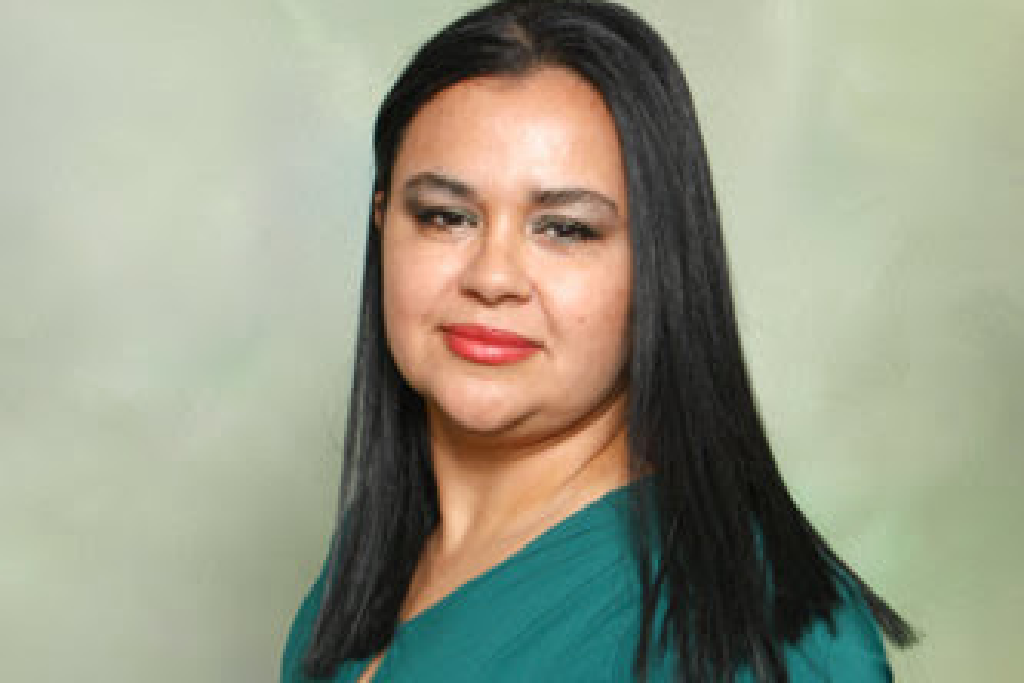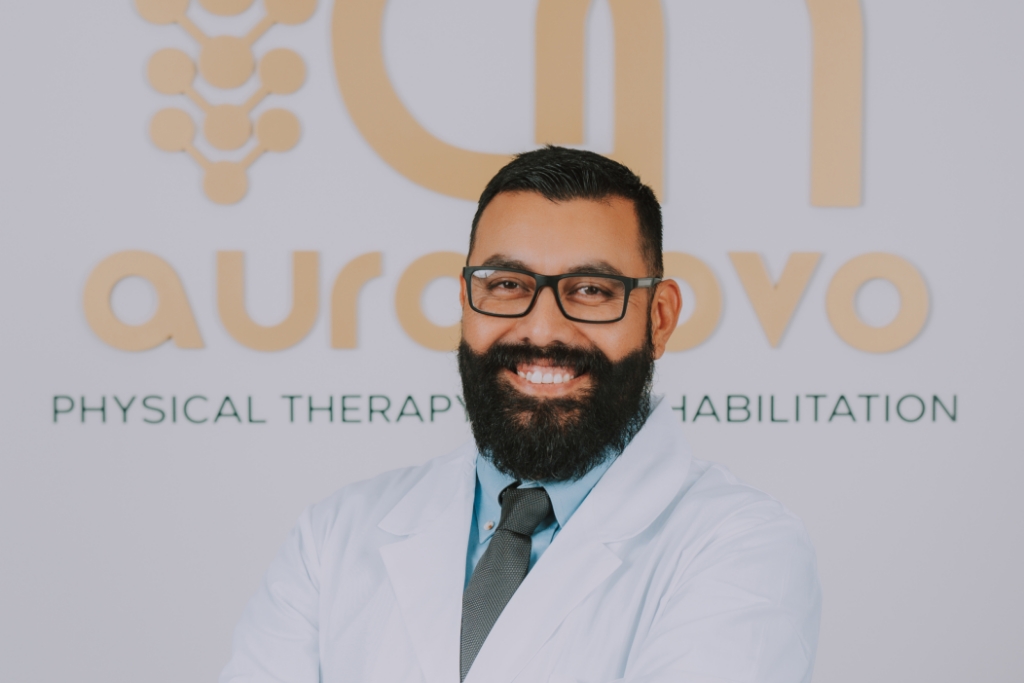Top 5 Serratus Anterior Exercises for Strength and Stability
The serratus anterior is a muscle on the side of your ribcage, underneath the shoulder blades, that helps with the movement of the shoulders as well as the arms. As important as this muscle is for so many daily tasks, it is usually overlooked until there is discomfort or pain in the area. To help improve shoulder mobility, as well as to help prevent injuries, it is important to maintain strength in the serratus anterior muscle. So, let’s discuss some of the best serratus anterior exercises that will keep it strong and healthy.
What Is the Serratus Anterior?
The serratus anterior is a muscle that connects your shoulder blade (scapula) to the ribs. It’s also referred to as the “boxer’s muscle” because it serves to throw punches and “the big swing muscle” because it is used for arm movement such as swinging or reaching. The muscle is found on your ribcage’s side, below your shoulder blades, and is primarily responsible for moving your arms and shoulders.
One of the primary actions of the serratus anterior is to help rotate the shoulder blade upwards, which is vital in lifting your arms above your head. When this muscle is weak or not working properly, it may cause issues with your shoulder motions and even lead to serratus anterior pain or discomfort.
What Happens If the Serratus Anterior Is Weak?
When your serratus anterior muscle isn’t working properly, it can result in scapular winging, where your shoulder blade protrudes, making it difficult to position your arms and causing the sensation of the shoulder being stuck or stiff, along with difficulties moving your upper body and pain. Weakness in the serratus anterior can also contribute to other issues, such as muscular imbalance, poor postural alignment or dysfunction, or even injury patterns to the shoulders. For this reason, strengthening the serratus anterior muscle is essential as it helps to counteract muscle weakness and deviations.
Indications of Serratus Anterior Pain
If you have any discomfort or pain in the upper back or around the shoulder blades, it could be a sign of an overworked and/or weaker serratus anterior muscle. Several common symptoms may include:
- Pain around the shoulder blades: Experiencing sharp or dull pain with arm or shoulder movements.
- Shoulder stiffness: Having difficulty lifting your arm overhead or reaching toward your back.
- Scapular winging: If you notice your shoulder blade sticking out when you raise your arm overhead and/or when you move.
If you’re experiencing any of the above symptoms, it’s worthwhile to strengthen the serratus anterior muscle with some simple exercises.
Also Read:- What Is Chest Physiotherapy? Technique and Process.
Serratus Anterior Exercises
Now that we understand the importance of the serratus anterior and how weakness can lead to pain and limited mobility, let’s look at some exercises for the serratus anterior, which will strengthen this muscle and reduce discomfort.
1. Scapular Pull-ups
Scapular pull-ups are an excellent exercise to engage your shoulder muscles and build your serratus anterior. They involve less range of motion compared to regular pull-ups, yet they still engage your back and shoulders.
How to do it:
- Grab a pull-up bar with your arms fully extended, letting your body hang.
- Do not bend your elbows, but rather initiate a small pull using your shoulder muscles to engage the shoulders.
- Squeeze your shoulder blades together, then return to the starting point.
- Do it for a few sets of 5-10. This will help you with shoulder mobility
2. Wall Slides
If you want to build up your shoulders (and serratus anterior), wall slides are a great way to do it.
How to do it:
- Place your back to a wall and your feet shoulder-width apart.
- Bend your elbows at 90 degrees and put your arms against the wall.
- With your back and arms against the wall, slowly slide your arms along it.
- Just hold at the top and slide back down.
- Repeat for 10-12 reps. It works the serratus anterior and helps stabilize the shoulder.
3. Bear Crawl
The bear crawl is a fun full-body exercise that works the shoulders, body and serratus anterior.
To do a bear crawl:
- Start on your hands and knees, making sure your hands and knees are shoulder-width apart.
- Move one hand and opposite foot in unison and crawl forward.
- You should keep the body low to the ground as you change sides.
- Do 2-3 repetitions of 15-20 seconds. The exercise will activate your serratus anterior and work your shoulders.
4. Dumbbell Pullover
The dumbbell pullover is an exercise in weightlifting involving the chest, back, and serratus anterior.
How to do it:
- Lie back on a bench, holding a dumbbell with both hands above your chest.
- Slowly lower the dumbbell behind your head, with your arms straight.
- Pull the dumbbell back up to the initial position.
- Repeat for 8-10 reps. This movement helps in targeting the muscles of the upper body, including the serratus anterior.
5. Diagonal Shoulder Walks
This exercise increases shoulder stability and helps strengthen the serratus anterior.
How to do this exercise:
- Stand with your feet shoulder-width apart, with the dumbbells held out to the sides like a T, at a light weight.
- Lift the dumbbells, making the arms parallel to the ground, and slowly come back down.
- Be sure not to let your body move or swing your arms to lift.
- Repeat 2-3 sets of 10-15 reps. This will target the serratus anterior while increasing shoulder stability.
Also Read:- 15 Top Physiotherapy Exercises for Lower Back Pain
Conclusion
The serratus anterior muscle is crucial for shoulder mobility and upper-body movements. Strengthening this muscle can help alleviate pain and discomfort, improve your posture, and decrease the risk of injury. When you include these serratus anterior exercises in your workout, you will improve shoulder function and reduce the risk of scapular winging or other shoulder conditions.
If you are experiencing serratus anterior discomfort or pain, these exercises can be a great start. Just keep consistency in mind, and you will see changes in shoulder strength and mobility!
Frequently Asked Questions (FAQs)
Q. What is the serratus anterior muscle?
The serratus anterior is a muscle linking the shoulder blade to the ribs and helping in shoulder movement.
Q. What happens if the serratus anterior is weak?
Serratus anterior weakness can cause shoulder pain, stiffness, and scapular winging.
Q. What are the exercises to strengthen the serratus anterior?
Scapular pull-ups, wall slides, and bear crawls can be performed to strengthen the serratus anterior.
Q. What are the common signs of serratus anterior pain?
Pain at the shoulder blade area, a problem moving the arms, and stiffness of the shoulders are some typical signs.
Q. How frequently should I exercise serratus anterior?
Do serratus anterior exercises 2-3 times a week with adequate time given for recovery to get optimal results.





